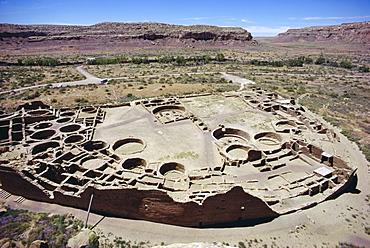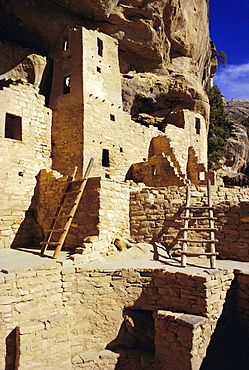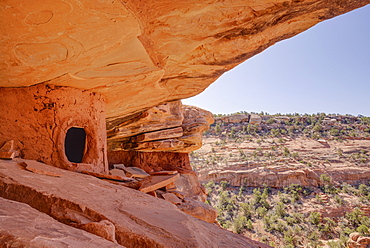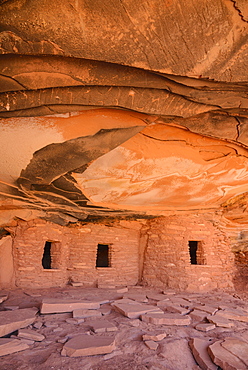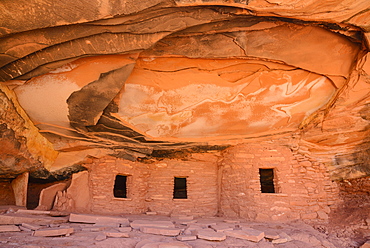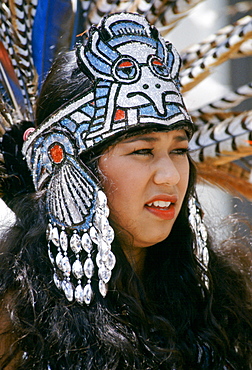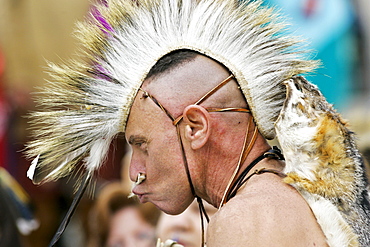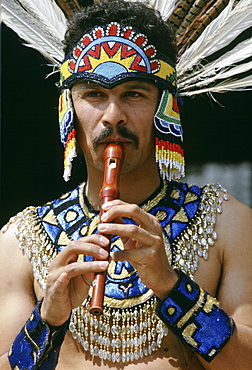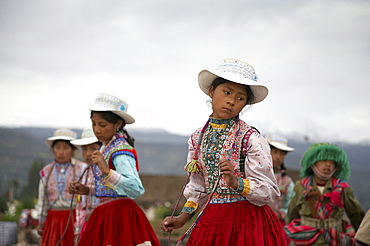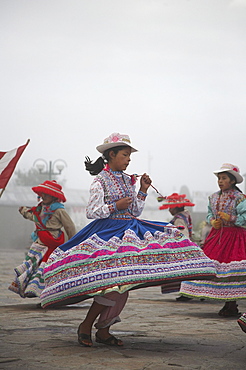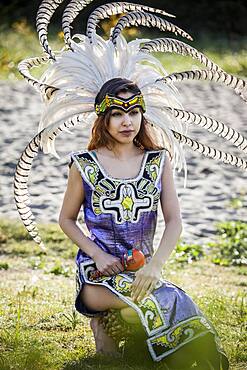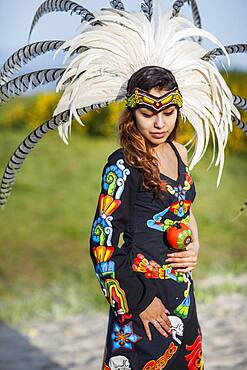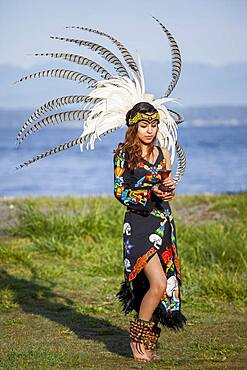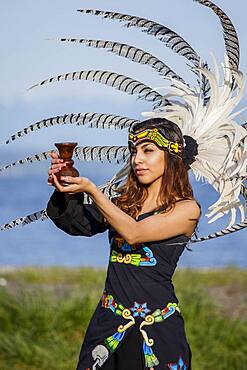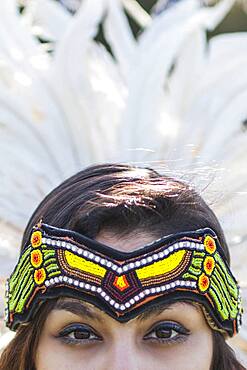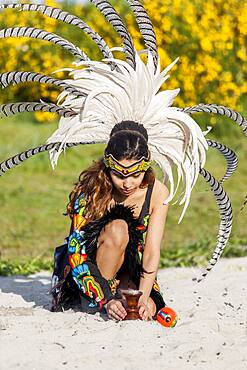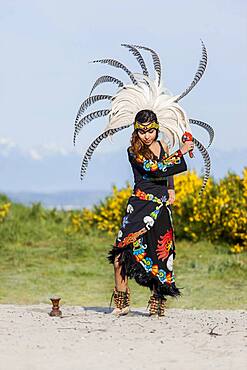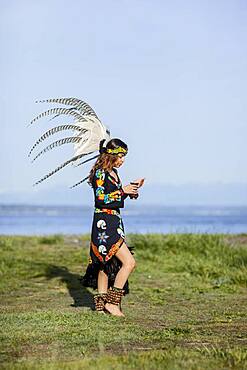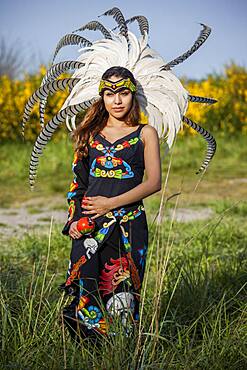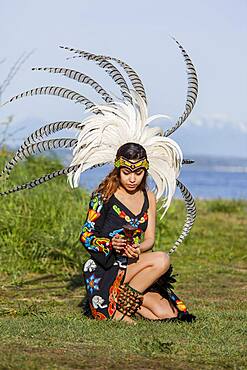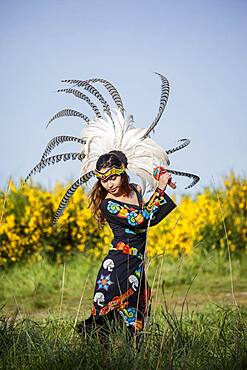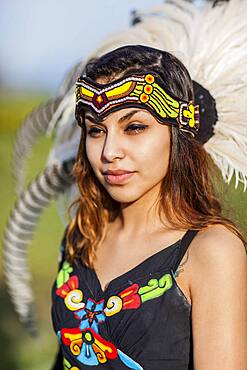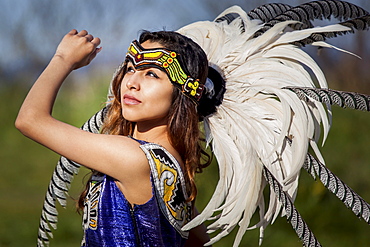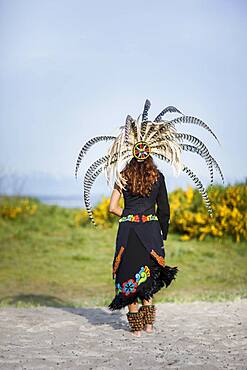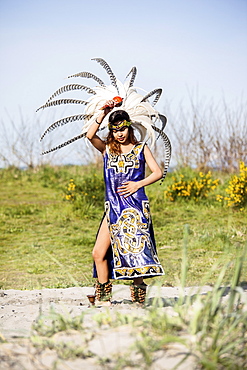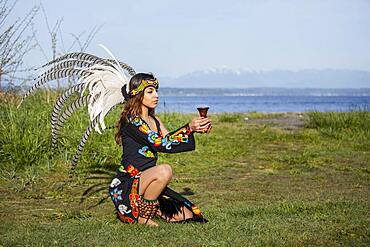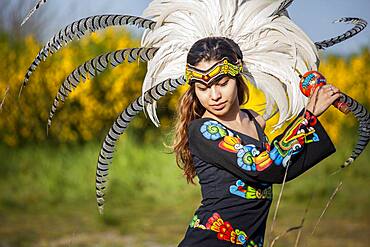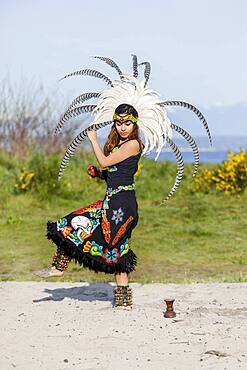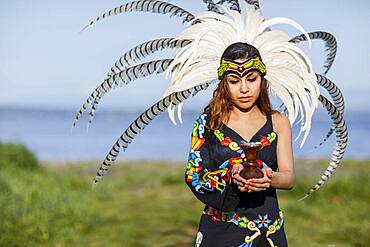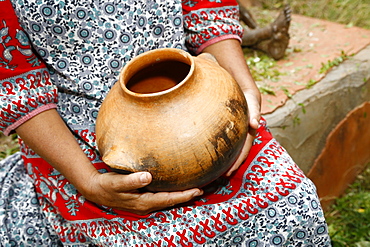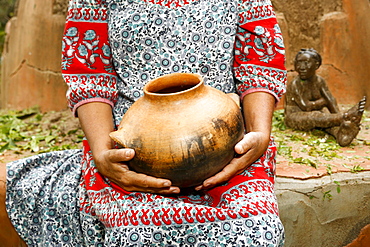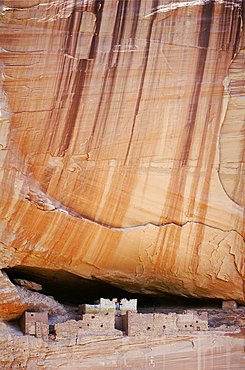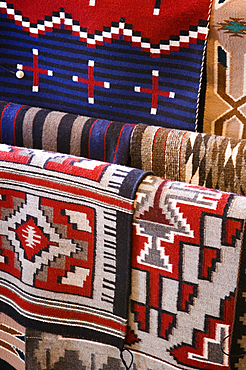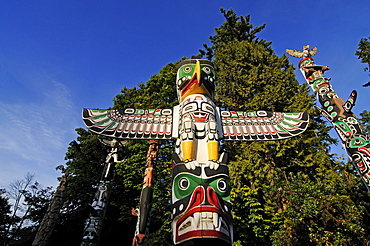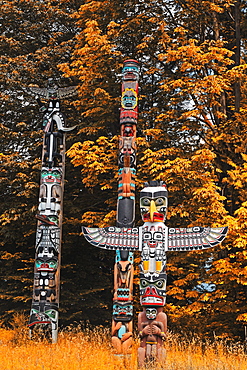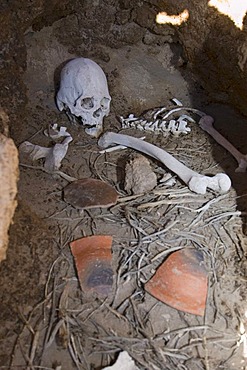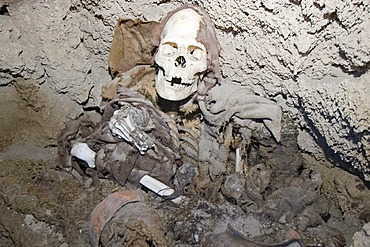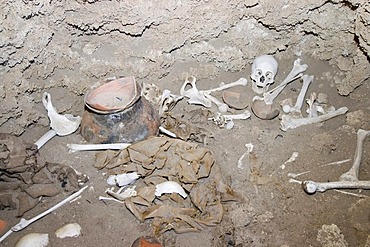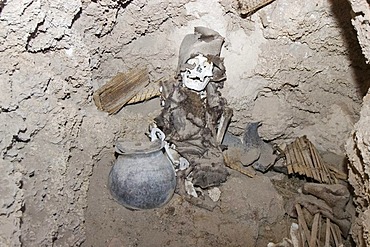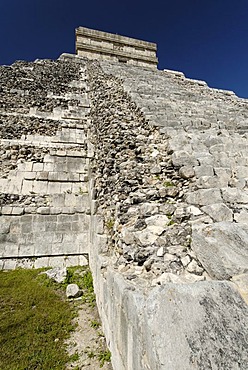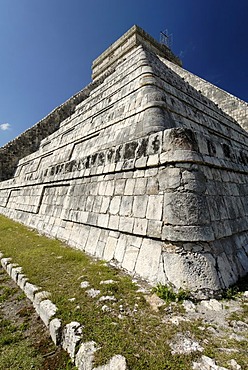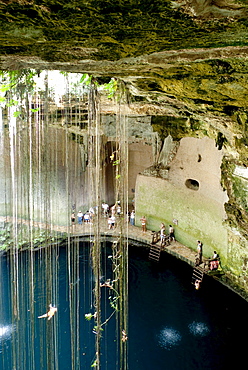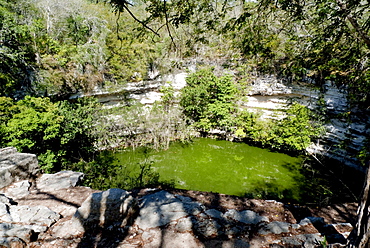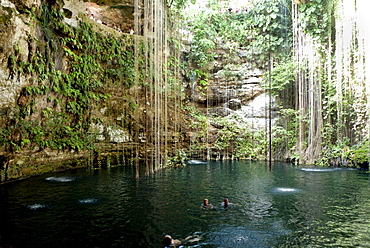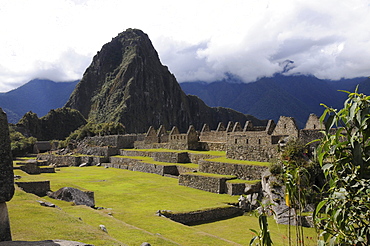Results
16 results found
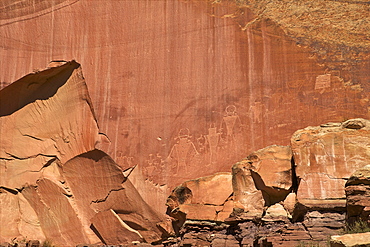
Fremont Indian petroglyphs in Capitol Reef National Park, Utah, United States of America, North America

Pueblo Bonito Chaco Culture National Historical Park scenery, New Mexico, United States of America, North America
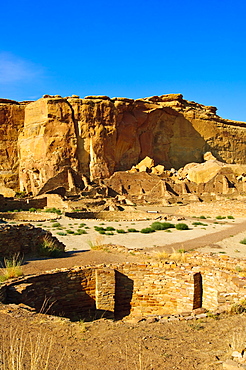
Pueblo Bonito Chaco Culture National Historical Park scenery, New Mexico, United States of America, North America

Entrance to Smithsonian National Museum of the American Indian in Washington, D.C., United States of America, North America
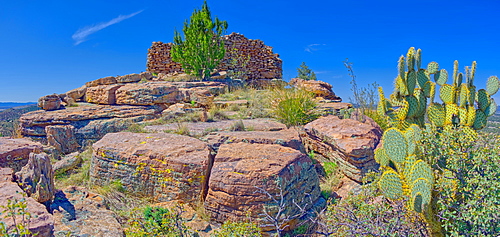
Ancient Indian ruins resembling an old fortress on top Sullivan Butte in Chino Valley, Arizona, United States of America, North America

Cliff palace ruins dating from 1200-1300 AD shaded in limestone overhang, Mesa Verde, Mesa Verde National Park, UNESCO World Heritage Site, Colorado, United States of America (U.S.A.), North America
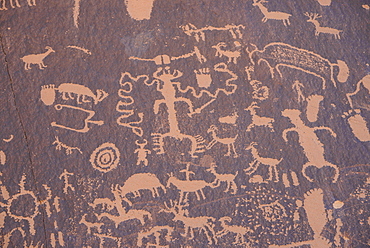
Ancient Indian rock art, petroglyphs, Newspaper Rock, near The Needles section of Canyonlands National Park, Utah, United States of America, North America
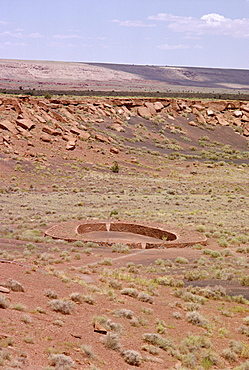
Ball court, masonry not adobe, unique to Sinagua Indian culture, Wupatki, 1120-1210 AD, Arizona, United States of America (U.S.A.), North America

Aerial views of El Castillo and the Ruins of the Mayan temple grounds at Tulum, Quintana Roo, Yucatan, Mexico. Tulum is the site of a pre-Columbian Mayan walled city which served as a major port for Coba, in the Mexican state of Quintana Roo. The ruins are situated on 12 meter 39 ft tall cliffs along the east coast of the Yucatán Peninsula on the Caribbean Sea in the state of Quintana Roo, Mexico. Tulum was one of the last cities built and inhabited by the Maya; it was at its height between the 13th and 15th centuries and managed to survive about 70 years after the Spanish began occupying Mexico. Old World diseases brought by the Spanish settlers appear to have resulted in very high fatalities, disrupting the society, and eventually causing the city to be abandoned.
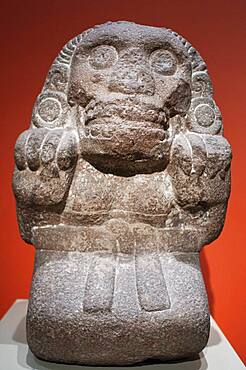
Aztec Cihuateotl. Mexico, Aztec. Late 15th-early 16th century. Stone. Metropolitan Museum of Art in New York City. 82nd Street Manhattan New USA
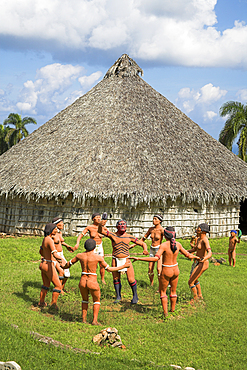
Model of Indians in reproduction Taino Indian village, Chorro de Maita, Banes, near Guardalavaca, Holguin Province, Cuba
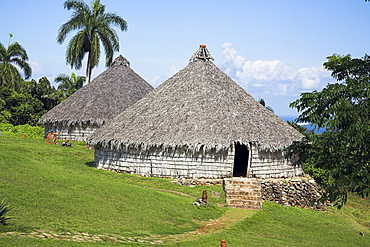
Houses in reproduction Taino Indian village, Chorro de Maita, Banes, near Guardalavaca, Holguin Province, Cuba
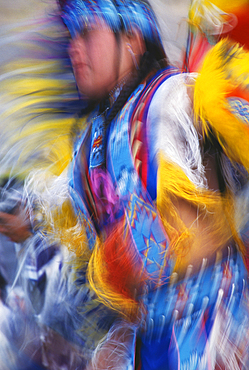
Native American dancer in Fancy Dance regalia at Pi-Ume-Sha Treaty Days Pow Wow, Warm Springs Indian Reservation, Oregon.
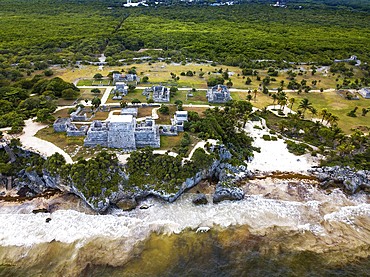
Aerial views of El Castillo and the Ruins of the Mayan temple grounds at Tulum, Quintana Roo, Yucatan, Mexico. Tulum is the site of a pre-Columbian Mayan walled city which served as a major port for Coba, in the Mexican state of Quintana Roo. The ruins are situated on 12 meter 39 ft tall cliffs along the east coast of the Yucatán Peninsula on the Caribbean Sea in the state of Quintana Roo, Mexico. Tulum was one of the last cities built and inhabited by the Maya; it was at its height between the 13th and 15th centuries and managed to survive about 70 years after the Spanish began occupying Mexico. Old World diseases brought by the Spanish settlers appear to have resulted in very high fatalities, disrupting the society, and eventually causing the city to be abandoned.

Native American pictographs, including Kokopeli and hand shapes, on sandstone walls of Chinle Wash; Canyon de Chelly National Monument, Arizona.

Portrait of a man with feather decorations and facial painting, Native South American Tarianos, Amazonas, Brazil
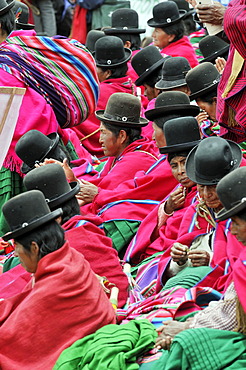
Women in traditional dress of the Aymara Indians at the re-election ceremony for President Evo Morales Ayma in Tiwanaku, La Paz, Bolivia, South America

Elderly Peruvian woman with a traditional costume and a Llama, Saqsaywaman near Cuzco, Peru, South America
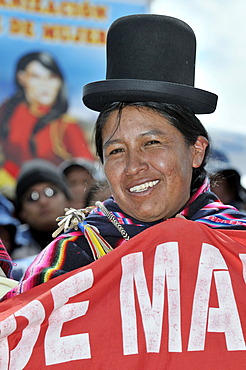
Woman in traditional dress of the Aymara at the re-election ceremony for President Evo Morales Ayma in Tiwanaku, La Paz, Bolivia, South America
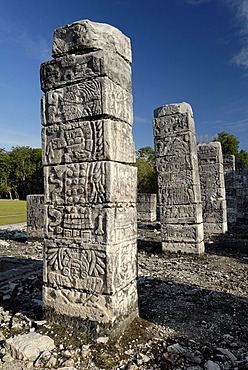
Templo de los Guerreros, temple of the warriors, Maya and Toltek archeological site Chichen Itza, new worldwonder, Yucatan, Mexico
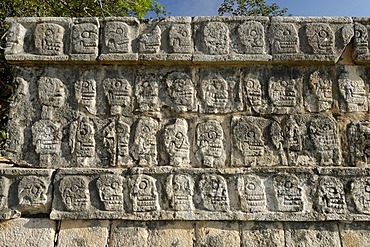
Tzompantli, skull plattform, Maya and Toltek archeological site Chichen Itza, new worldwonder, Yucatan, Mexico
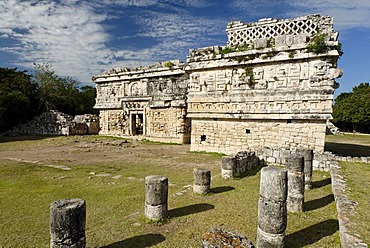
Anexo de las Monjas, Maya and Toltek archeological site Chichen Itza, new worldwonder, Yucatan, Mexico
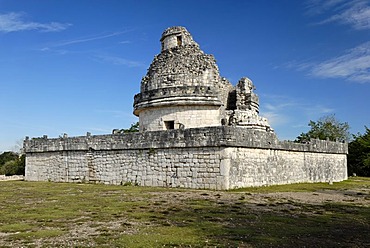
El Caracol, observatory, Maya and Toltek archeological site Chichen Itza, new worldwonder, Yucatan, Mexico
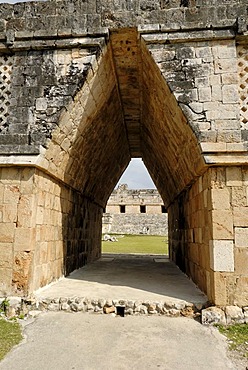
Cuadrangulo de las Monjas, quadrangle or square of the nuns, Maya archeological site Uxmal, Yucatan, Mexico
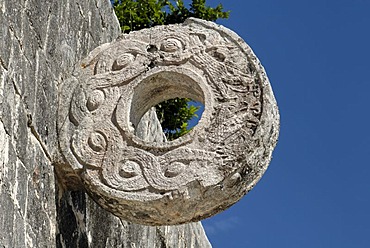
Juego de Pelota, ball court, Maya and Toltek archeological site Chichen Itza, new worldwonder, Yucatan, Mexico
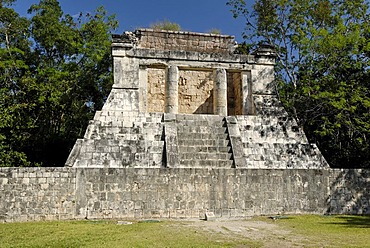
Templo del Hombre Barbado, temple of the bearded man, Maya and Toltek archeological site Chichen Itza, new worldwonder, Yucatan, Mexico
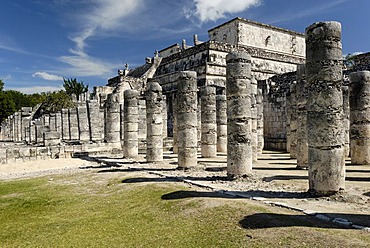
Templo de los Guerreros, temple of the warriors, Maya and Toltec archeological site Chichen Itza, new worldwonder, Yucatan, Mexico
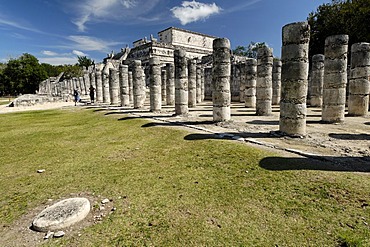
Templo de los Guerreros, temple of the warriors, Maya and Toltec archeological site Chichen Itza, new worldwonder, Yucatan, Mexico

Totem pole outside a Native American long house, detail, K'san Historical Village Museum, Hazelton, British Columbia, Canada, North America
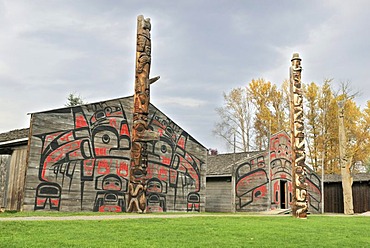
Native American naves and totem poles, museum village K'san, Hazelton, British Columbia, Canada, North America

Face on a Native American totem pole, detail, Royal BC Museum, Victoria, Vancouver Island, British Columbia, Canada, North America

Traditional Indian way of grilling fish, Neah Bay, Makah Indian Reservation, Olympic Peninsula, Washington, USA
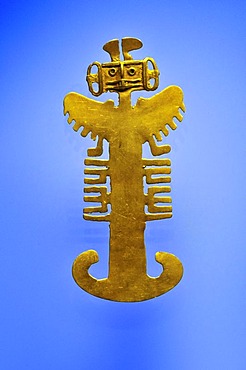
Pre-Columbian goldwork collection, mythical bird with human head, Gold Museum, Museo del Oro, Bogota, Colombia, South America
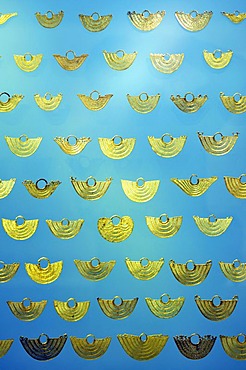
Pre-Columbian goldwork collection, earrings, Gold Museum, Museo del Oro, Bogota, Colombia, South America
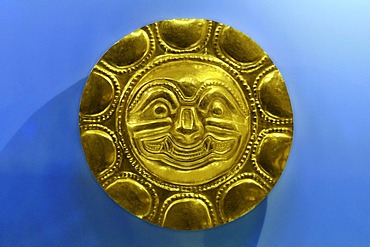
Pre-Columbian goldwork collection, solar disk, Gold Museum, Museo del Oro, Bogota, Colombia, South America

Pre-Columbian goldwork collection, female Cacique, Gold Museum, Museo del Oro, Bogota, Colombia, South America
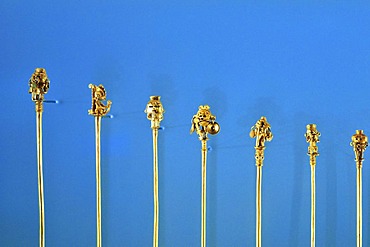
Pre-Columbian goldwork collection, hairpins, Gold Museum, Museo del Oro, Bogota, Colombia, South America
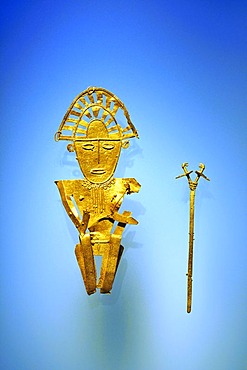
Pre-Columbian goldwork collection, Cacique, Gold Museum, Museo del Oro, Bogota, Colombia, South America
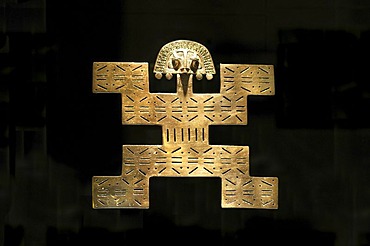
Pre-Columbian goldwork collection, jaguar as a symbol for the regenerative powers of gold and the Sun, Gold Museum, Museo del Oro, Bogota, Colombia, South America
